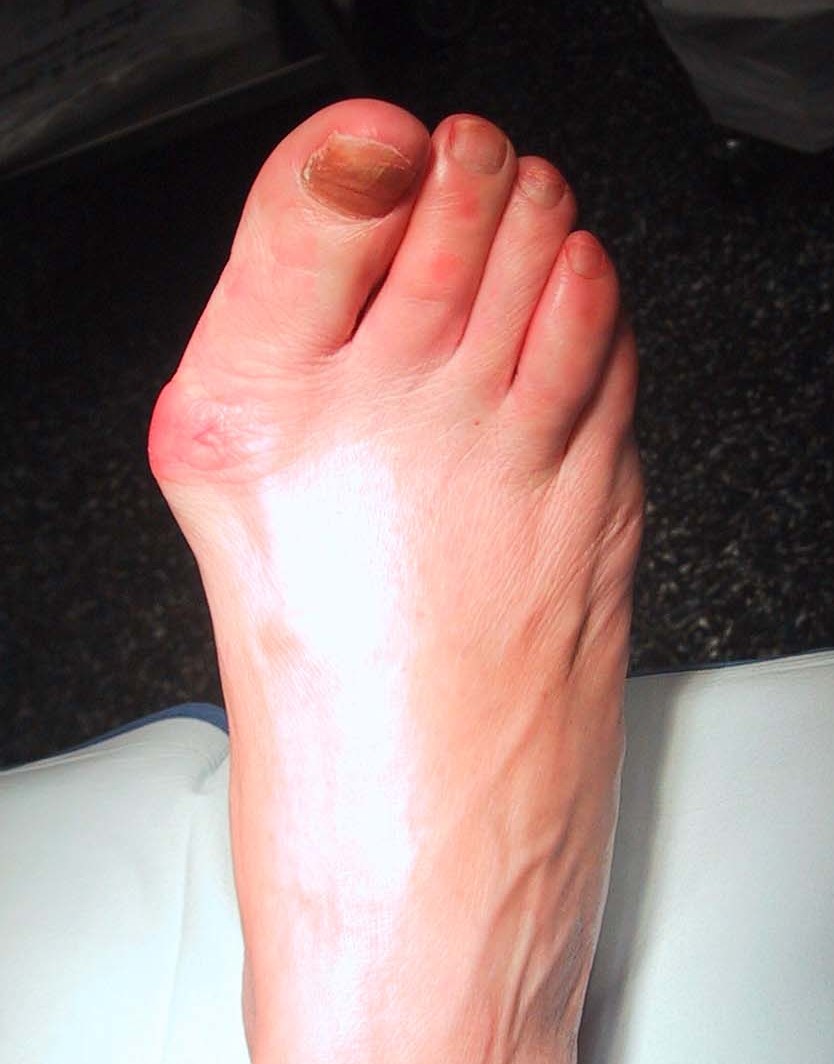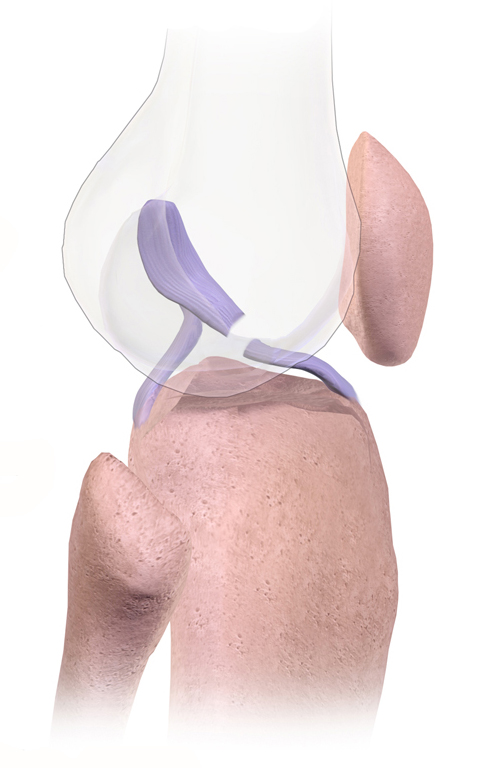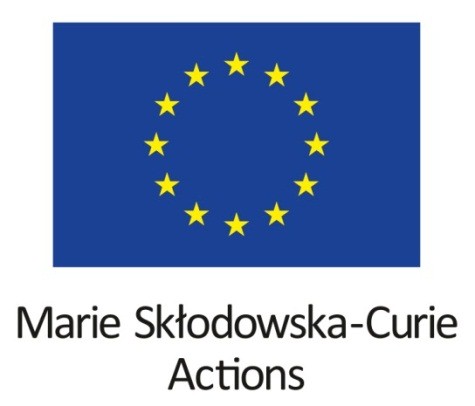
(April 4, 2018) - With the coming of April, CAD WALK has entered month 6 of its two year timeline. At the moment, the project is on schedule. The CAD WALK prototype was delivered last month and this month, we have begun collecting foot pressure data to test CAD WALK's ability to help with clinical diagnosis. In this month's update, we take a closer look at the data being collected and, hopefully, shared with the research community.
Ethics Approval Status: We discussed a while back that before collecting foot pressure data from individuals, the CAD WALK project had to undergo an ethics review. This review process has four steps: (a) a within-department peer review, (b) an institutional ethics review, (c) a review from a nationally-accredited Medical-Ethical Review Committee, and (d) a review from a licensed data protection officer. The approval from the data protection officer arrived last December, the within-department peer review was completed in January, and the institutional ethics review was completed this past month. With approval from the institutional ethics review committee, we have been given provisional approval to collect foot pressure measurements from healthy individuals. To collect data from patients, we require the final approval from the nationally-accredited Medical-Ethical Review Committee. Our project is currently under review with them, and their approval is expected to arrive within the coming month.
Data Collection: During this project, we intend to collect foot pressure measurements from three main groups. First, we will collect measurements from 60 healthy individuals. These individuals will be our baseline: the group that we will compare our patients to. This past week, we met our first two healthy participants and collected foot pressure measurements from them. More are coming in the following weeks.

As far as patient groups go, we will be looking at two in particular. The first patient group are those undergoing surgery for a Hallux Valgus. You can see an example of a Hallux Valgus to the left (picture courtesy of Dr. Henri Lelièvre). A Hallux Valgus is basically a foot deformity where the big toe (the hallux) is curved towards the smaller toes and a bony bump (a bunion) sticks out of the side of the foot at the base of the big toe. This foot deformity can cause stiffness and pain in the area of the big toe and the more severe cases can require surgery.
In the CAD WALK project, we intend to collect foot pressure measurements from 30 Hallux Valgus patients who are scheduled for corrective surgery. Each patient will have their foot pressure measured both before and after surgery. We hope to use CAD WALK to show that (a) the Hallux Valgus patients differ significantly from the healthy individuals before the surgery, and that (b) the same patients do not differ from the healthy individuals after surgery. Furthermore, this patient group will also be used to evaluate CAD WALK's ability to preform a statistically correct analysis of foot pressure measurements in the presence of foot deformities.

Our second patient group are those who have suffered a ruptured Anterior Cruciate Ligament (ACL) and require surgery. The ACL is located in the knee and its main job is to make sure that the knee doesn't twist too much (or, in other words, that the lower leg doesn't twist too much in relation to the thigh). To the right, you can see an illustration of the bones around the knee and a torn ACL in purple (courtesy of Bruce Blaus). When a person tears their ACL, reconstructive surgery is often recommenced, especially if that person is involved in a high amount of physical activity.
In the CAD WALK project, we intend to collect foot pressure measurements from 30 patients who have an ACL tear and are scheduled for reconstructive surgery. Each patient will have their foot pressure measured three times: (a) once before surgery, (b) one after surgery but before physiotherapy, and (c) once after physiotherapy. We hope to show that CAD WALK can identify subtle differences in walking pattern between healthy individuals and the ACL patients before surgery. We also intend to use CAD WALK to examine the impacts of both the surgery and the physiotherapy. We expect that the results CAD WALK produces will change as a result of these two interventions and it will be interesting to see what types of effects each intervention has on the measured foot pressures.
As part of our data collection, we hope to share the foot pressure measurements, and anonymized demographic data (e.g. weight, height, age, gender, shoe size, handedness, footedness), from our participants with other researchers in the field. The plan is to collect each dataset first, then upload colpleted datasets to Zenodo: a website dedicated to sharing data among researchers. It is hoped that, by sharing this data, we will make it easier for other researchers to double-check our results and to expand on our work. In order to do this, however, we require participants to give us permission to share the anonymized data in this way. We will have to wait and see how many participants will sign off on that.
Miscellaneous Updates: Apart from collecting foot pressure data, we have been busy fine tuning the prototype to make sure it is ready for testing. We are also preparing for the International Foot and Ankle Biomechanics Congress next week. All that being said, our biggest news is the recent publication of work from the imec-FootWork project: the precursor to the CAD WALK project. Our colleague, Kristina Stancović, recently published a paper examining the variety of 3D foot shapes within healthy individuals. Her paper, entitled Three-dimensional quantitative analysis of healthy foot shape: a proof of concept study can be found here.
Up Next in April, 2018...
